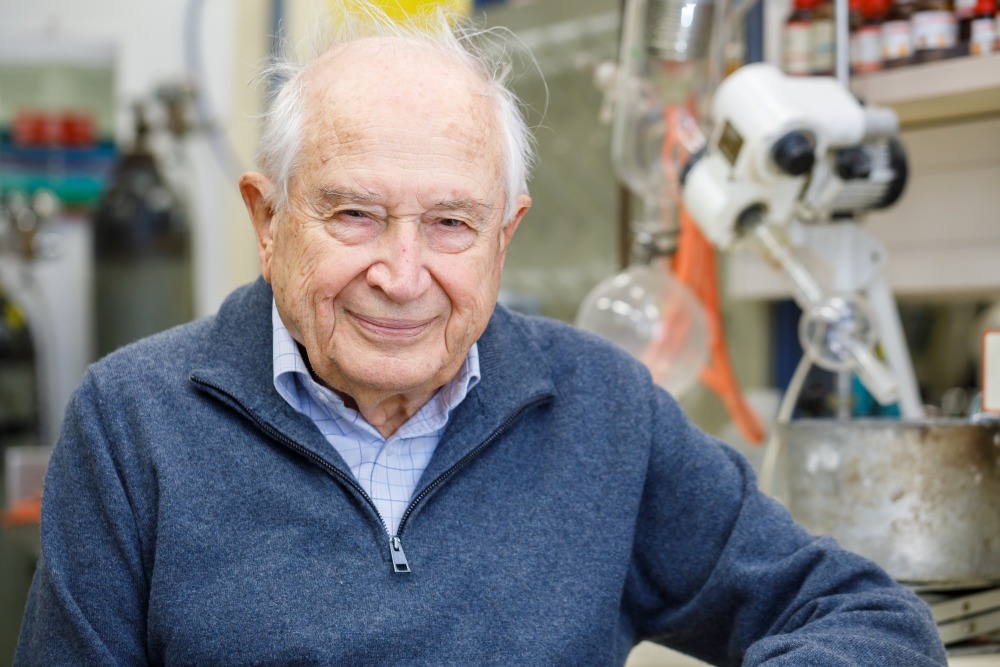Lior Minkowicz, Dagan, Arie , Uvarov, Vladimir , and Benny, Ofra . 2021.
“Controlling Calcium Carbonate Particle Morphology, Size, And Molecular Order Using Silicate”. Materials, 14, 13. doi:10.3390/MA14133525.
Abstract Calcium carbonate (CaCO3) is one of the most abundant substances on earth and has a large array of industrial applications. Considerable research has been conducted in an effort to synthesize calcium carbonate microparticles with controllable and specific morphologies and sizes. CaCO3 produced by a precipitation reaction of calcium nitrate and sodium carbonate solution was found to have high polymorphism and batch to batch variability. In this study, we investigated the polymorphism of the precipitated material and analyzed the chemical composition, particle morphology, and crystalline state revealing that the presence of silicon atoms in the precipitant is a key factor effecting particle shape and crystal state. An elemental analysis of single particles within a polymorphic sample, using energy‐dispersive X‐ray spectroscopy (EDS) conjugated microscopy, showed that only spherical particles, but not irregular shaped one, contained traces of silicon atoms. In agreement, silicon‐containing additives lead to homogenous, amorphous nanosphere particles, verified by X‐ray powder diffraction (XRD). Our findings provide important insights into the mechanism of calcium carbonate synthesis, as well as introducing a method to control the precipitants at the micro‐scale for many diverse applications.
Gout is an inflammatory disease triggered by deposition of monosodium urate (MSU) crystals in the joints, resulting in high neutrophil influx and pain. Here, we studied the role of the inhibitory receptor CD300a in the resolution process in a murine model of gout. We found increased CD300a expression on neutrophils emigrated to the joint. When compared to WT mice, CD300a−/− mice had persistent neutrophil influx till 24 hr after MSU injection. This was associated with increased concentration of IL-1$\beta$ and greater tissue damage in the joints of CD300a−/− mice. There was an increase in the percentage of apoptotic neutrophils in the synovial lavage of WT mice, as compared to CD300a−/− mice. This difference was reflected in the decline of efferocytic events in the synovial cavity of CD300a−/− mice 24 hr after MSU injection. A CD300a agonistic antibody was shown, for the first time, to increase apoptosis of human neutrophils, and this was associated with cleavage of caspase-8. In conclusion, our results reveal an important role of CD300a in the control of leucocyte infiltration, IL-1$\beta$ production and caspase-8 cleavage in neutrophils, contributing to the resolution of inflammation triggered by MSU injection.
Igor Khaliulin, Ascione, Raimondo , Maslov, Leonid N. , Amal, Haitham , and Suleiman, M. Saadeh . 2021.
“Preconditioning Or Postconditioning With 8-Br-Camp-Am Protects The Heart Against Regional Ischemia And Reperfusion: A Role For Mitochondrial Permeability Transition”. Cells, 10, 5. doi:10.3390/CELLS10051223.
Abstract The cAMP analogue 8-Br-cAMP-AM (8-Br) confers marked protection against global ischaemia/reperfusion of isolated perfused heart. We tested the hypothesis that 8-Br is also protective under clinically relevant conditions (regional ischaemia) when applied either before ischemia or at the beginning of reperfusion, and this effect is associated with the mitochondrial permeability transition pore (MPTP). 8-Br (10 $μ$M) was administered to Langendorff-perfused rat hearts for 5 min either before or at the end of 30 min regional ischaemia. Ca2+-induced mitochondria swelling (a measure of MPTP opening) and binding of hexokinase II (HKII) to mitochondria were assessed following the drug treatment at preischaemia. Haemodynamic function and ventricular arrhythmias were monitored during ischaemia and 2 h reperfusion. Infarct size was evaluated at the end of reperfusion. 8-Br administered before ischaemia attenuated ventricular arrhythmias, improved haemodynamic function, and reduced infarct size during ischaemia/reperfusion. Application of 8-Br at the end of ischaemia protected the heart during reperfusion. 8-Br promoted binding of HKII to the mitochondria and reduced Ca2+-induced mitochondria swelling. Thus, 8-Br protects the heart when administered before regional ischaemia or at the beginning of reperfusion. This effect is associated with inhibition of MPTP via binding of HKII to mitochondria, which may underlie the protective mechanism.
Autism spectrum disorder (ASD) is a neurodevelopmental disorder manifested in repetitive behavior, abnormalities in social interactions, and communication. The pathogenesis of this disorder is not clear, and no effective treatment is currently available. Protein S-nitrosylation (SNO), the nitric oxide (NO)-mediated posttranslational modification, targets key proteins implicated in synaptic and neuronal functions. Previously, we have shown that NO and SNO are involved in the ASD mouse model based on the Shank3 mutation. The energy supply to the brain mostly relies on oxidative phosphorylation in the mitochondria. Recent studies show that mitochondrial dysfunction and oxidative stress are involved in ASD pathology. In this work, we performed SNO prote-omics analysis of cortical tissues of the Shank3 mouse model of ASD with the focus on mitochondrial proteins and processes. The study was based on the SNOTRAP technology followed by systems biology analysis. This work revealed that 63 mitochondrial proteins were S-nitrosylated and that several mitochondria-related processes, including those associated with oxidative phosphorylation, oxidative stress, and apoptosis, were enriched. This study implies that aberrant SNO signaling induced by the Shank3 mutation can target a wide range of mitochondria-related proteins and processes that may contribute to the ASD pathology. It is the first study to investigate the role of NO-dependent mitochondrial functions in ASD.













